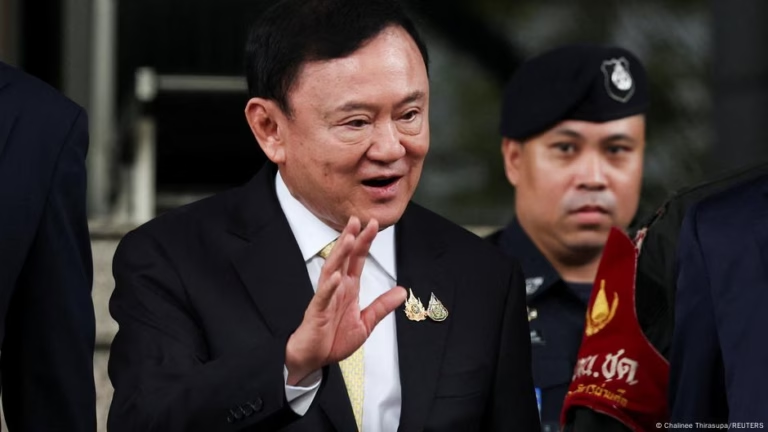US President Donald Trump announced significant new tariffs on Wednesday, imposing a 34% tariff on imports from China and a 20% tariff on imports from the European Union. The president also stated that a baseline tariff of 10% would be applied to a wide range of other countries. Speaking at the White House Rose Garden, Trump declared “Liberation Day,” claiming that this would be remembered as the day American industry was reborn and the day America’s destiny was reclaimed.
In response to the news, the European Commission described Trump’s trade policy as “an act of economic self-harm” and is preparing its response. The EU is attempting to balance its stance by appearing strong and maintaining its traditional alliance with the US. Any new tariffs would be in addition to the existing 25% tariffs on EU steel and aluminum imports, as well as separate tariffs on the European automotive sector that have been implemented recently.
The EU is considering several tools to balance having a consequential response while minimizing the impact and disruption to its own citizens and consumers. One option could be restrictions on services, targeting the US service sector by limiting intellectual property rights for US companies operating in the EU. This could include limiting companies such as Apple and Google from charging for cloud-storage services or operating system updates, and preventing Elon Musk’s Starlink satellite network from competing for European government contracts.
In terms of trade, the EU has a significant goods surplus with the US, while the US has a surplus in services. The EU’s retaliatory tariffs so far have been largely symbolic, targeting American-made products like Harley Davidson motorcycles and denim jeans. Any new tariffs would need to target other sectors. Retaliatory measures require agreement from a qualified majority of EU countries, complicating the political landscape in Brussels.
Regarding the EU’s Anti-Coercion Instrument (ACI), a mechanism created in response to China’s block on Lithuanian imports, Brussels is considering using this instrument if Trump’s trade approach is deemed “economic coercion.” The ACI offers a range of tools, including the possibility of restricting US banks operating in the bloc, revoking US patents, or limiting revenue access for online streaming services. The use of the ACI has been advocated by prominent figures in European trade.
In addition to tariffs, there is discussion about enforcing other EU laws to target major US tech companies. The EU could impose strict penalties under the Digital Services Act (DSA) and the Digital Markets Act (DMA), including hefty fines for social media platforms that fail to promptly remove disinformation. The EU is already investigating the promotion of far-right content during European elections on Musk’s platform X and could pursue this vigorously.
Trump’s administration and its allies argue that EU laws like the DMA and DSA function as tariffs on US tech firms due to the financial burdens they create. The EU might also leverage the ACI to ban the sale of advertisements, prohibit paid subscriptions, and prevent public authorities from posting information on X.
Many economists and trade experts warn that measures against US tech giants could significantly escalate tensions between the EU and the US and negatively impact European citizens. This article was first published on March 29 and updated following Donald Trump’s tariffs announcement on April 2.
Source: https://www.dw.com/en/as-trump-slaps-a-20-tariff-on-eu-goods-what-can-brussels-do-against-it/a-72074439?maca=en-rss-en-all-1573-rdf






